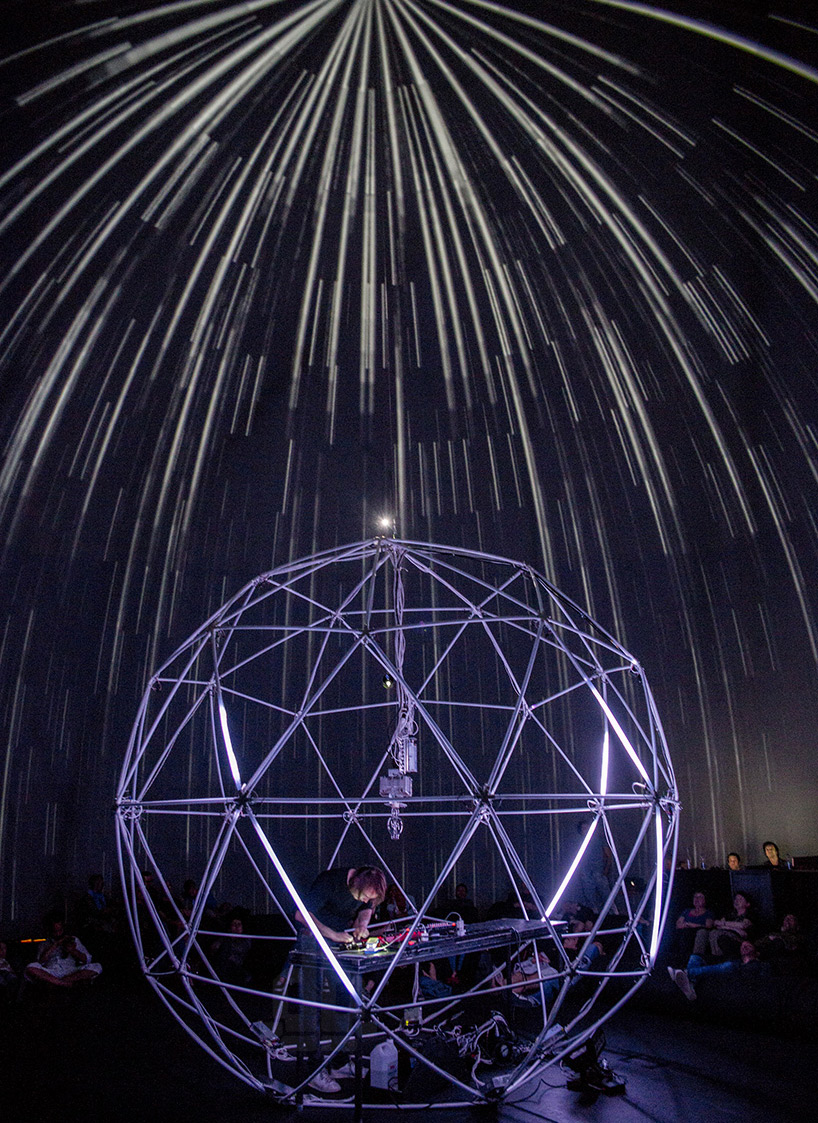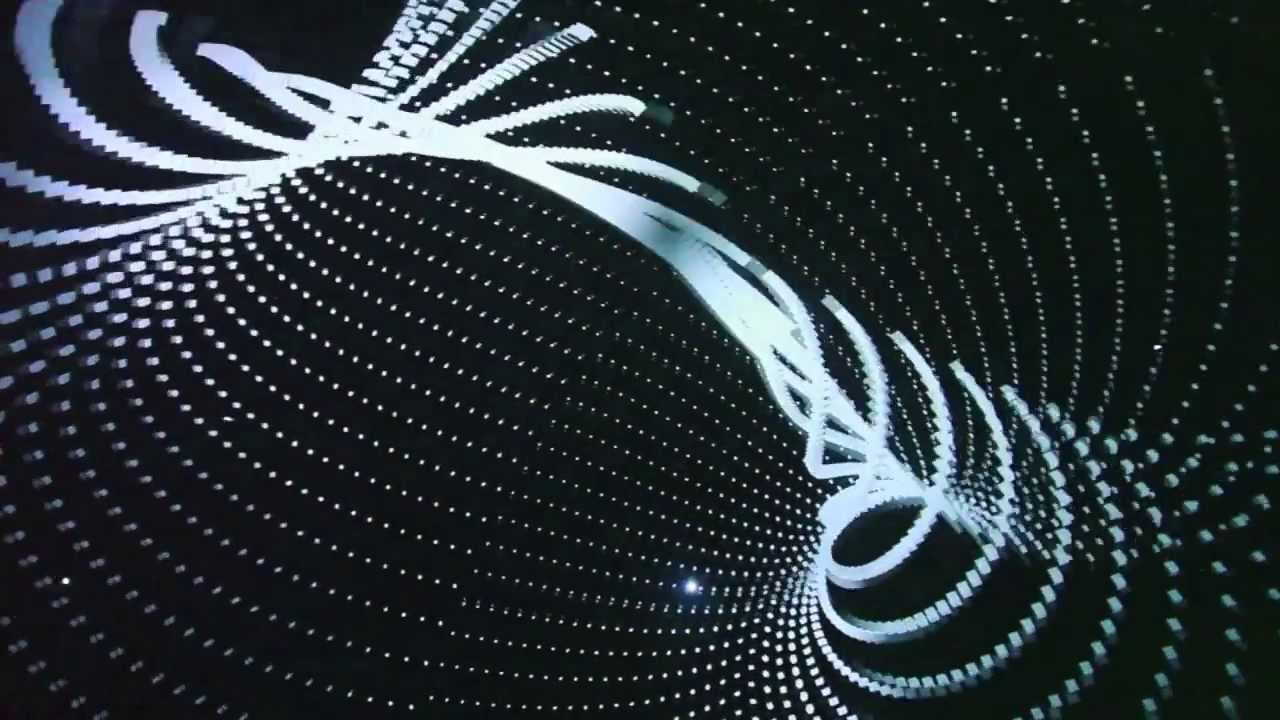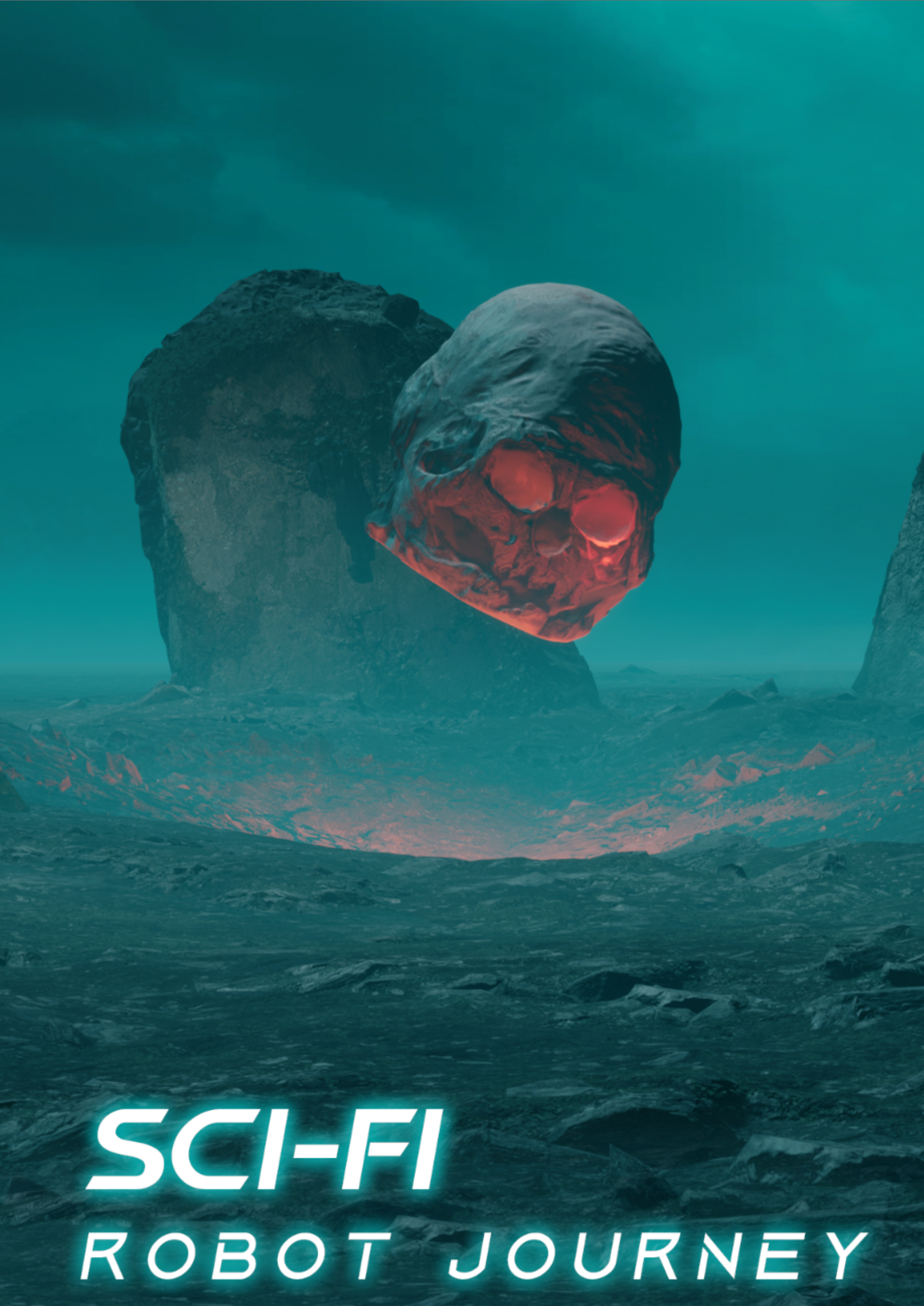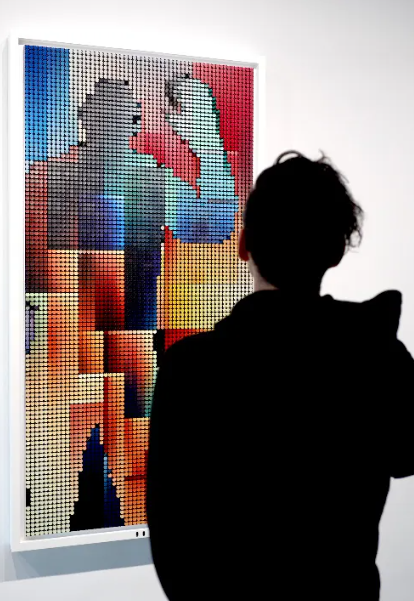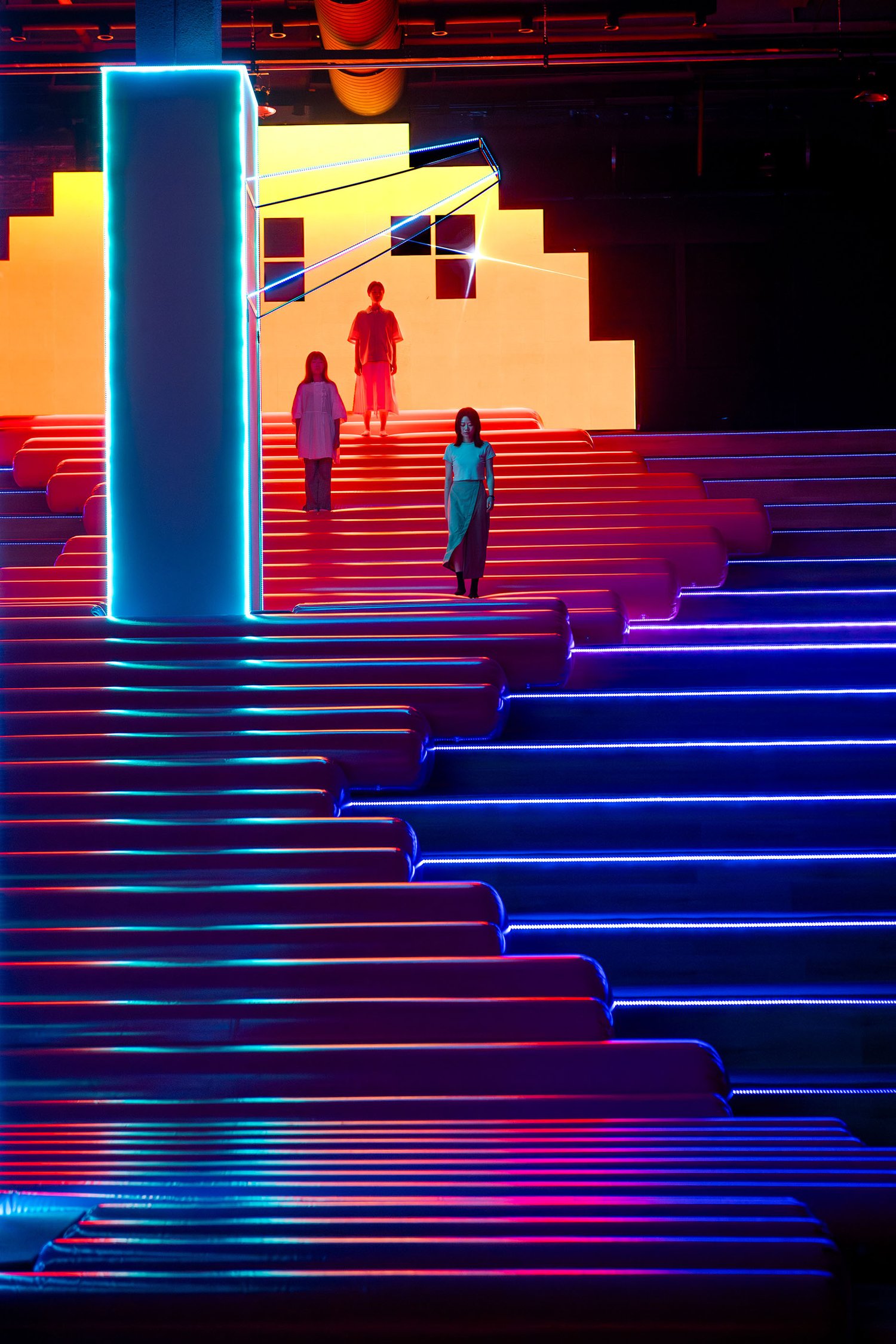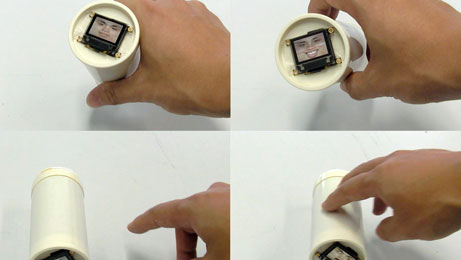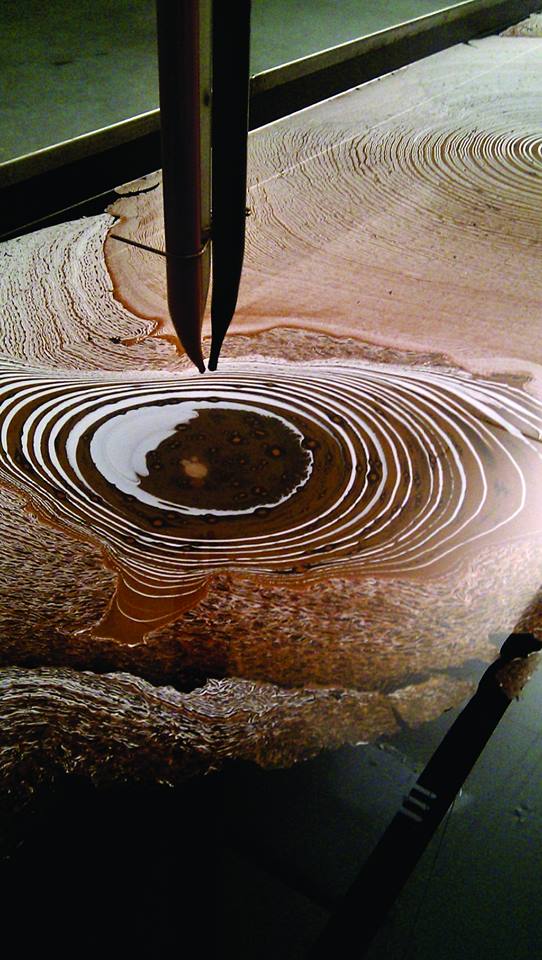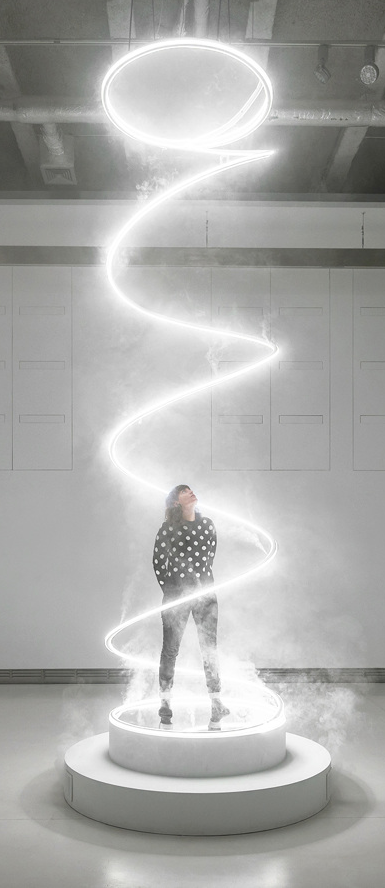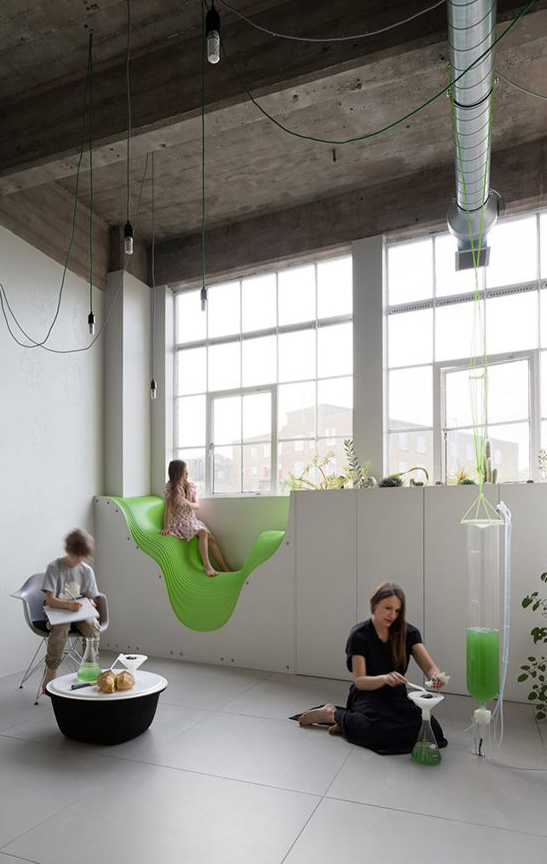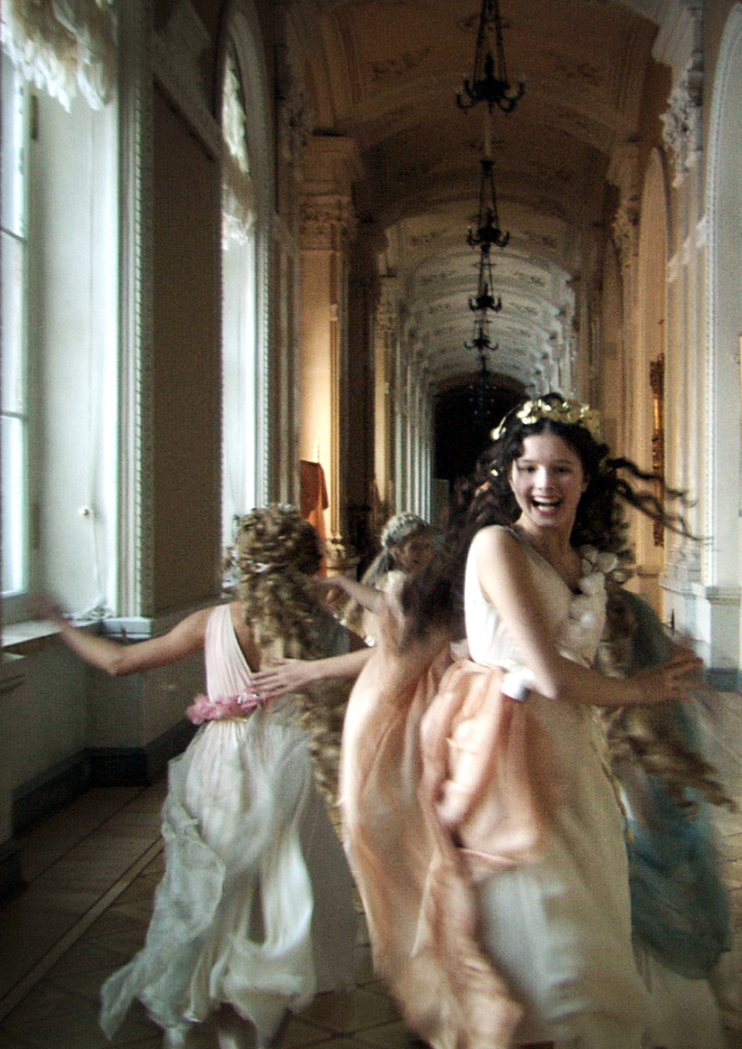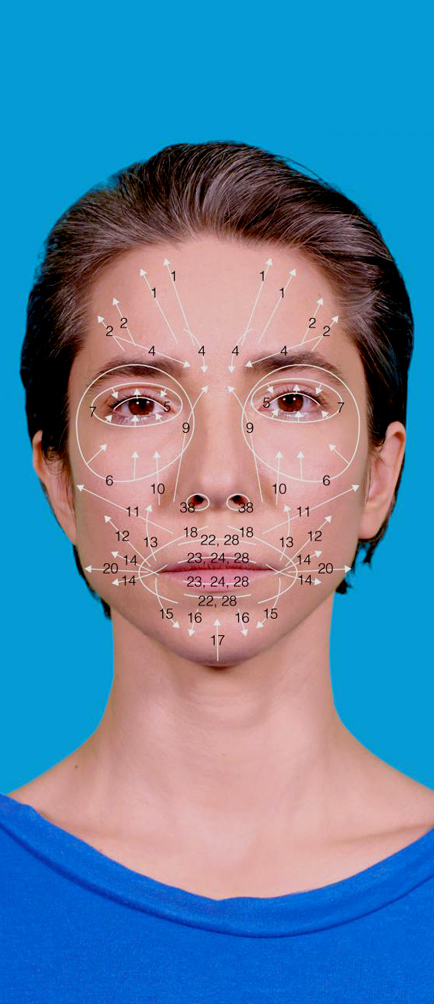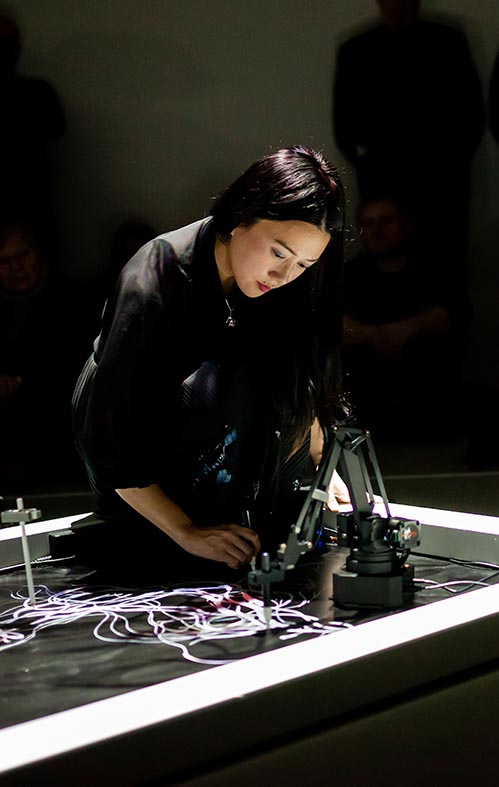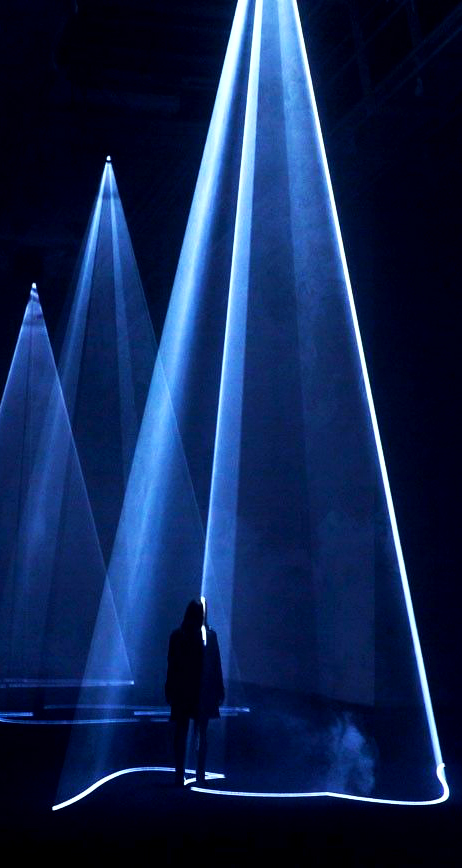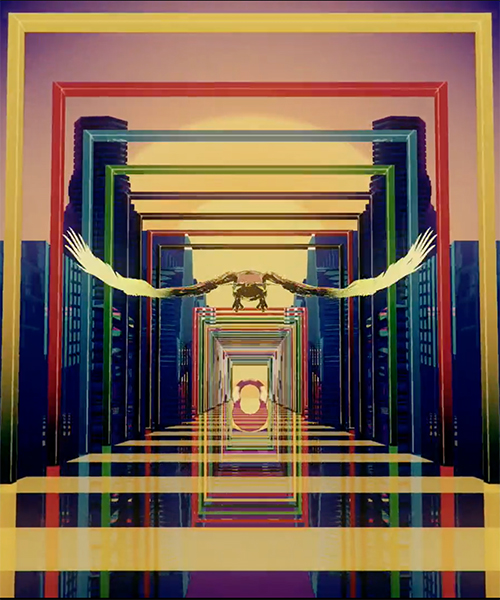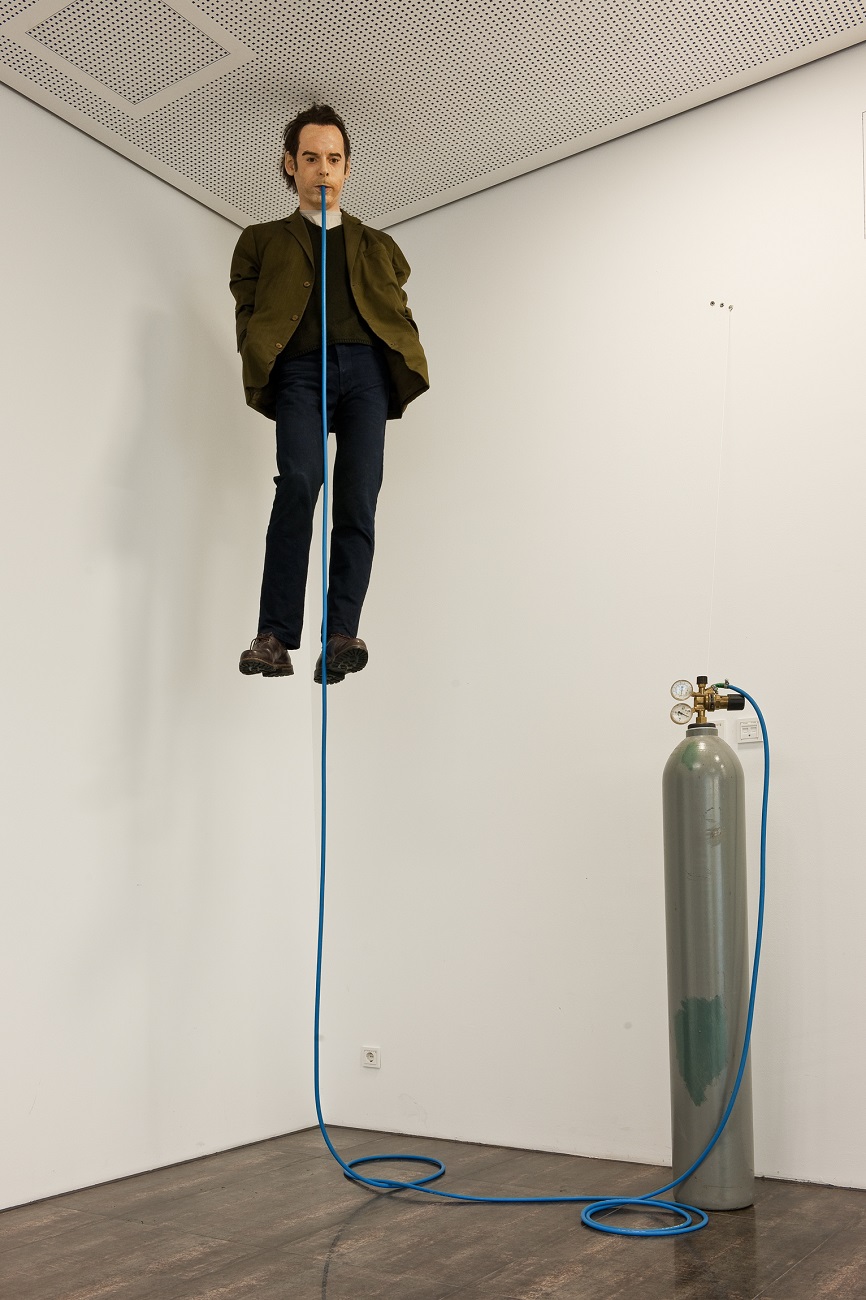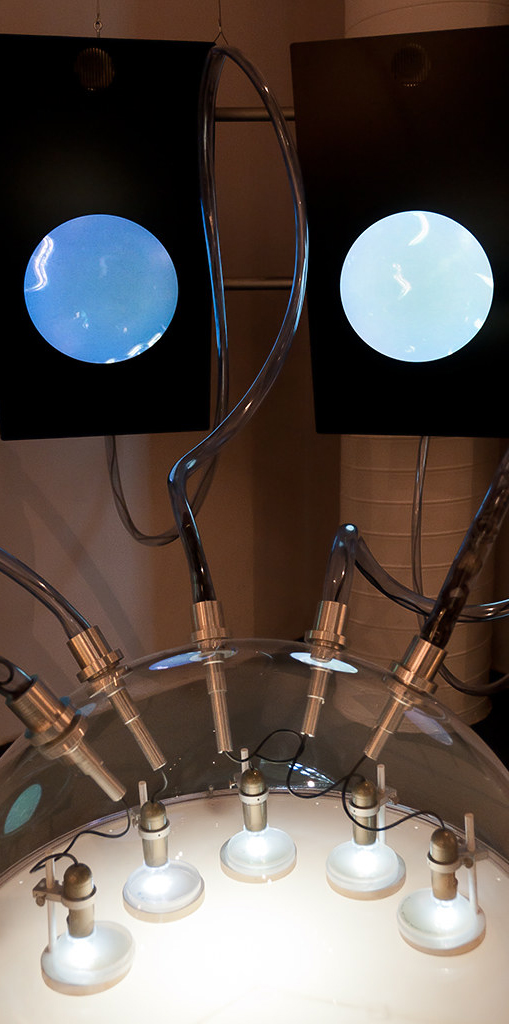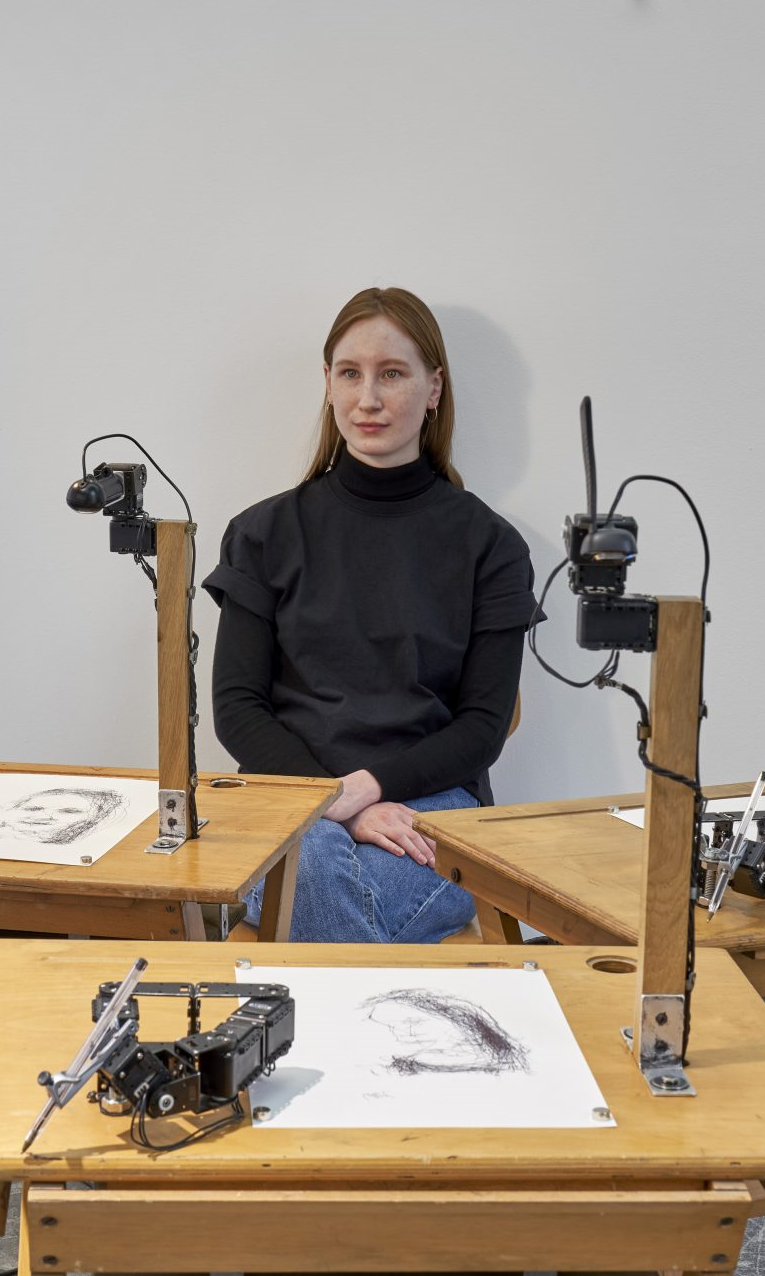
MAOTIK AND FRACTION
Dromos
Dromos is a metaphoric AV Performance that takes its concept from the philosophical work of P. Virilo who is mostly known for founding the idea of Dromology (science of speed). Dromos invites audience to a criticism experience of the ’peed’ role that impacts all aspects of our daily lives. During 40mns, it focuses people attention on this essential factor that shapes our world. With its message, Dromos invites you to wonder about your relationship with progress. It’s an unconventional work with an original sensorial approach, placing the audience inside an immersive environment.
